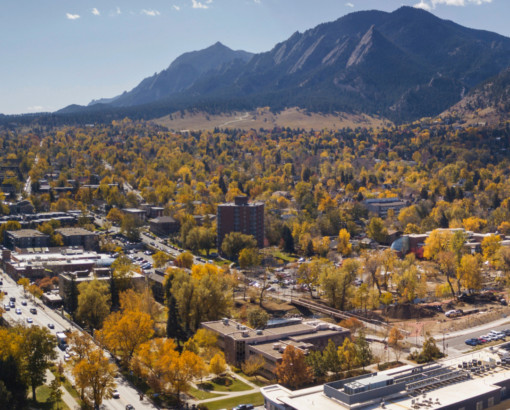As an already challenging 2021 drew to a close, we all learned in the most poignant way that a bad year can get worse. Watching the Marshall fire explode, and ravage South Boulder was shocking, terrifying and heartbreaking. Supporting the families that lost everything is a priority, but it is a reminder for those of us fortunate enough to have only been spectators to this disaster that preparation and protection are essential parts of financial planning and management.
Protecting a home and its contents from physical damage is a larger topic for another day, and many articles have been written on the subject. For homeowners in areas vulnerable to fires, the advice is likely quite familiar.
What may not get as much attention, however, is careful consideration of the extent and adequacy of homeowner’s insurance. For many of us, most of the time, homeowner’s insurance feels like a one‐way street. We pay premiums and, if we are lucky and don’t have a problem, we don’t ever file a claim or collect a benefit. May we all be so fortunate. For the 991 Boulder County homeowners who had their properties burned to the ground, however, they have discovered that the details of your insurance policy are critically important.
While there are far too many policy features and riders to touch on in this note, we would direct your focus to the question of coverage for your dwelling and how that is defined and limited. Coverage for a building and its contents is provided under one of three models:
- Actual cash value
- Replacement cost value
- Guaranteed or extended replacement cost
Actual cash value sounds elegantly simple and accurate, but it is the least desirable choice because it bases coverage on the market or initial value of your property less depreciation. The adjustment for wear and tear over time means that if you have a claim like the Boulder County homeowners, you would receive far less than what would be require to rebuild your home. The recent uptick in inflation and housing costs only makes this problem worse. While this type of coverage carries the lowest premium, we would suggest that choosing it is an example of being penny wise and pound foolish.
Replacement cost coverage is a better choice since it provides for the repair or replacement of your home that is intended to put you back where you found yourself before the damage occurred, up to the value that you insure. Insurers obviously assume a much greater liability for this type of coverage and will, as a result, require you pay for an amount of insurance that is estimated to equal the value of your property. Once again, a period of high inflation with housing prices rising nearly 20% in the past year, can render the amount of coverage inadequate. This cries out for a discussion with your insurance agent about the amount of coverage on your home.
The final type of coverage, guaranteed or extended coverage, is the most extensive but also the most expensive coverage. This coverage pays to repair or rebuild a home exactly as it was before. In the true guaranteed version, that coverage is without limit. As a practical matter, this is very expensive. The compromise is extended replacement cost coverage where the insurer requires good faith coverage for the value of the dwelling but will extend an additional 20% to 25% of that cost as a buffer. This provides some protection for the homeowner against rising costs, but it also allows the insurance company to quantify their exposure.
Since housing prices in the Denver metro area have risen nearly 20% in the past year, even diligent homeowners who met with their insurance agent and updated coverage a year ago may discover that they aren’t adequately covered today. The Marshall Fire should be a call to action to start the New Year with a call to your insurance agent for a thorough and careful review to make sure that your home and its contents are financially protected from the unthinkable.



